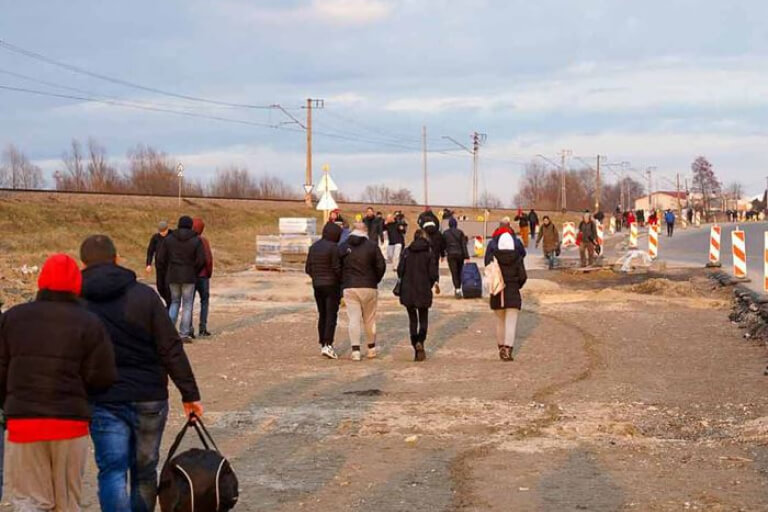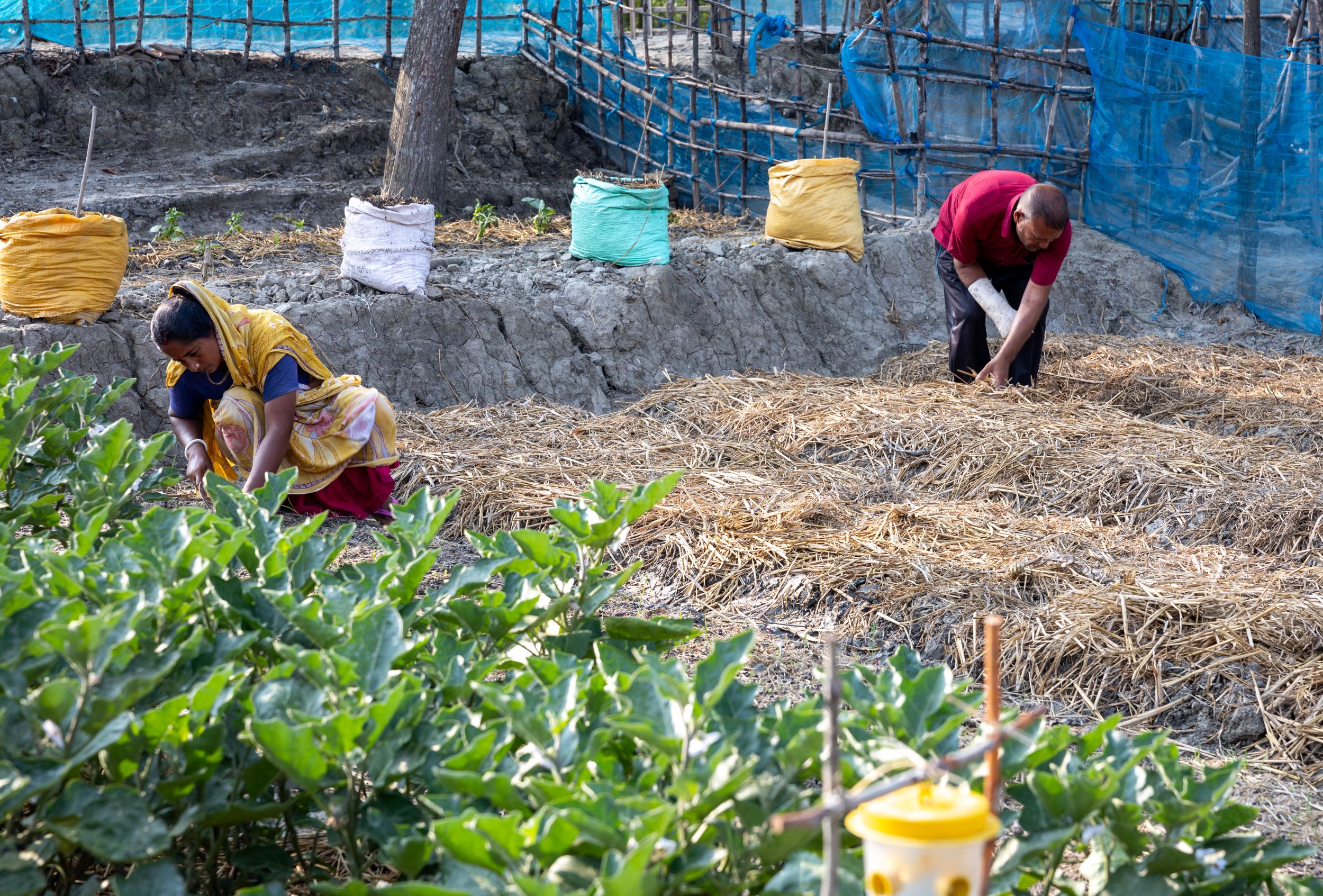Sally Thomas, Humanitarian Emergencies Lead at Caritas Australia
Pre-October 7th the Gaza Strip was already one of the most densely populated areas in the world, with 2.2m people living in about 365 square kilometres. And while population density is not always problematic, it becomes a grave issue when impoverished people are struggling for survival amid conflict. In instances like this population density creates overcrowding, disease, and desperation.
Prior to the most recent outbreak of violence, 8 in 10 people Gaza were already reliant on international aid, with an estimated 1.8 million people now internally displaced. Since then, humanitarian aid has been limited to around 3 per cent of pre-conflict levels, with bombardment having disrupted critical infrastructure. This lack of resources and infrastructure is now worsening the impact of overpopulation in Gaza, as people are forced to crowd together for access to limited necessities such as water, food, healthcare, and toilets.
As evacuation orders roll out in the South, this situation will become even more desperate. On December 3rd, an area covering about 20 per cent of Khan Younis city was ordered by leaflet drop to evacuate. The potential population of this area is around 167,000, comprised of 117,00 residents from pre-October 7th and a further 50,000 displaced people. Those within this designated area of Khan Younis were asked to move to three towns, one just east of Khan Younis and two in Rafah. All three of these areas are already overcrowded.
There are reports of people choosing to stay in these areas rather than evacuate, which speaks volumes about the risks posed by evacuation. People are being asked to leave their homes in exchange for a temporary shelter where the demand on scarce amenities will be higher as displaced people flood in, and where reports of disease are also on the rise. They also know they could end up sleeping in their cars, in a tent or on the street, making the situation even more untenable for vulnerable people. Bear in mind that fuel is almost impossible to buy for civilian use, meaning that evacuation needs to be done via foot or donkey. For the disabled, the sick, and the elderly that is simply not feasible.
Safety is also a concern for women and children as they look at evacuating to densely populated temporary shelters. In refugee camps around the world women and children find themselves at greater risk of violence and sexual abuse, as well as finding it harder than other refugees to access food, water, and shelter.
Concerns are that evacuation by neighbourhood will also make conflict in the South complex and protracted with the potential for it to continue into the New Year, taking the population into winter where temperatures can drop below 10 degrees Celsius. Humanitarians are deeply concerned about this because days in current circumstances are untenable, let alone weeks with worsening weather conditions. We simply do not know how people would be kept warm.
As we look ahead the simple unavoidable truth is that further displacement will lead to less food, less water, less medicine, less available beds and shelters, more disease, more suffering, and more death. As discourse about the nature of conflict in the South continues, evacuation should not be seen as humanitarian when the reality is such a departure from human rights and dignity.













